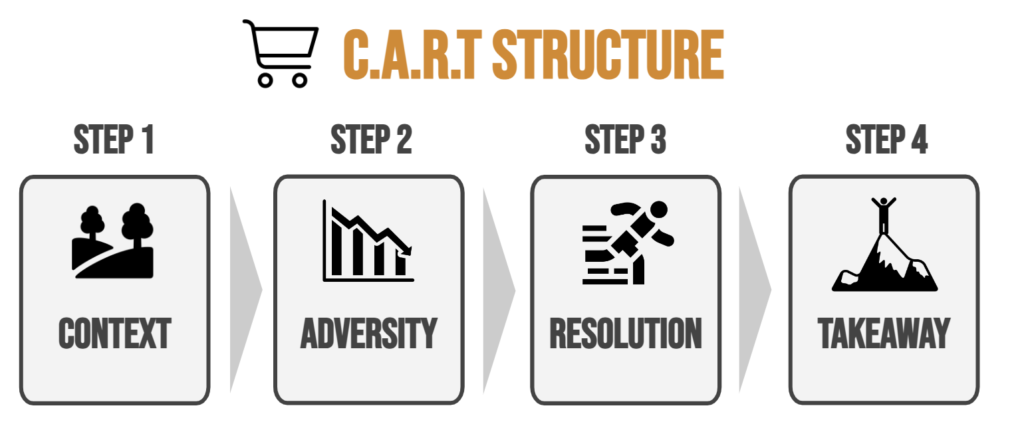Free Storytelling Assessment
Are you ready to transform your storytelling skills?
Discover how your storytelling skills score and uncover useful insights to help you become a charismatic storyteller:
- Completely free
- Actionable tips that work in real-life
- Results & report 100% tailored to you



